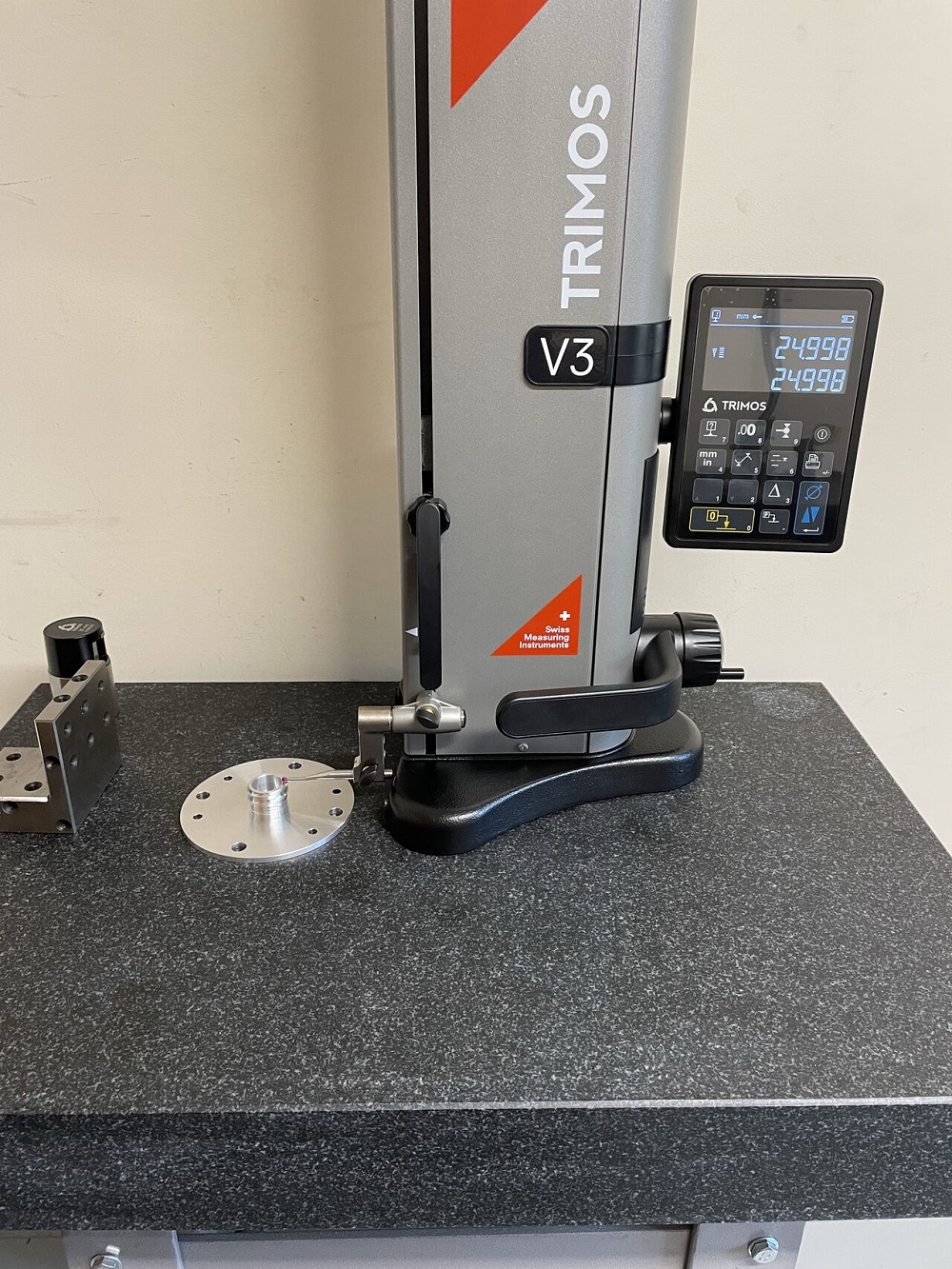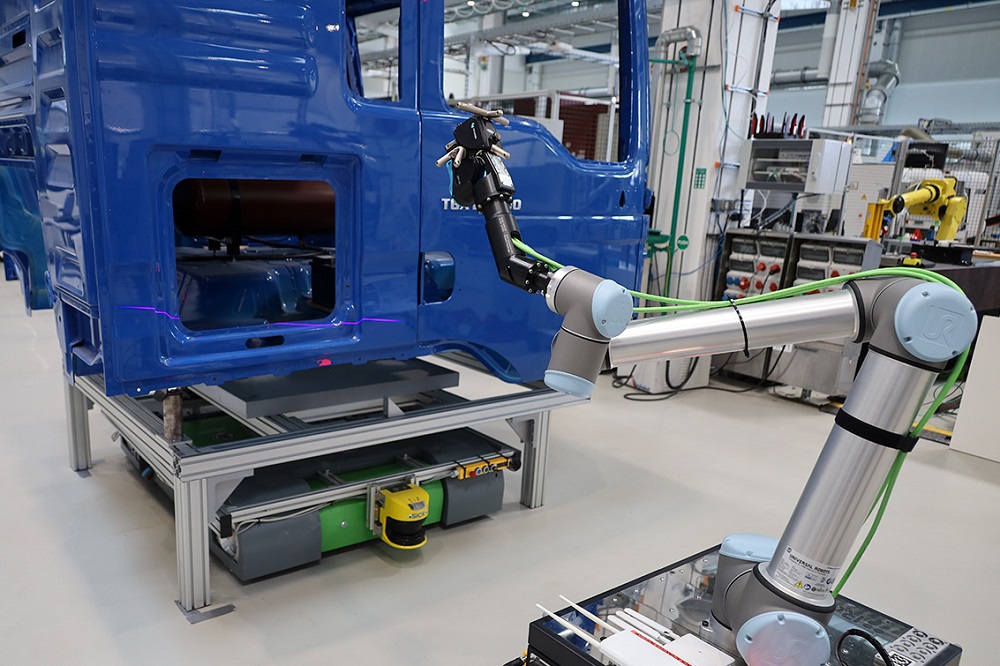Nikon IMBU is adding three new models in its VOXLS range of X-ray CT (computed tomography) systems for non-destructive inspection. The introduction of the 30 series fills a specific need in the industry for users seeking an automation-ready system with the versatility to meet a wide range of industrial applications.
The VOXLS 30 C 225, 30 C 320 and 30 C 450 models are now available to order and have maximum source energies of 225, 320 and 450kV respectively for examining parts of various densities and sizes. They also have a more compact footprint than Nikon’s 40 Series while maintaining advanced features traditionally exclusive to larger, more expensive solutions.
The systems are for automated operations that include quality control in factories producing lithium-ion batteries or additively manufactured components. The automotive, aerospace, medical and pharmaceutical industries are additional target markets, with many further applications in materials science, natural sciences and academia.
Dr Andrew Mathers, X-ray and CT product manager, says: “Automation at multiple levels is a major focus of the new 30 series, from batch CT providing efficiency gains for technicians to full factory integration with robotic handling and automated inspection via Nikon’s OPC UA Interface.”
At the core of the series is a metrology-grade, granite-based manipulator coupled with rigid steel towers, which provides a thermally stable and solid construction. High-precision motors, ball-screw drives and encoders ensure precise positioning and accurate movement of all axes, including the synchronous vertical motion of the X-ray sources and detectors.
To facilitate automation even further, the systems feature motorised bi-parting radiation doors that open and close in less than five seconds, behind which the cabinet interior can accommodate items up to 1000 mm in diameter by 1370 mm tall.
For further information https://industry.nikon.com



















